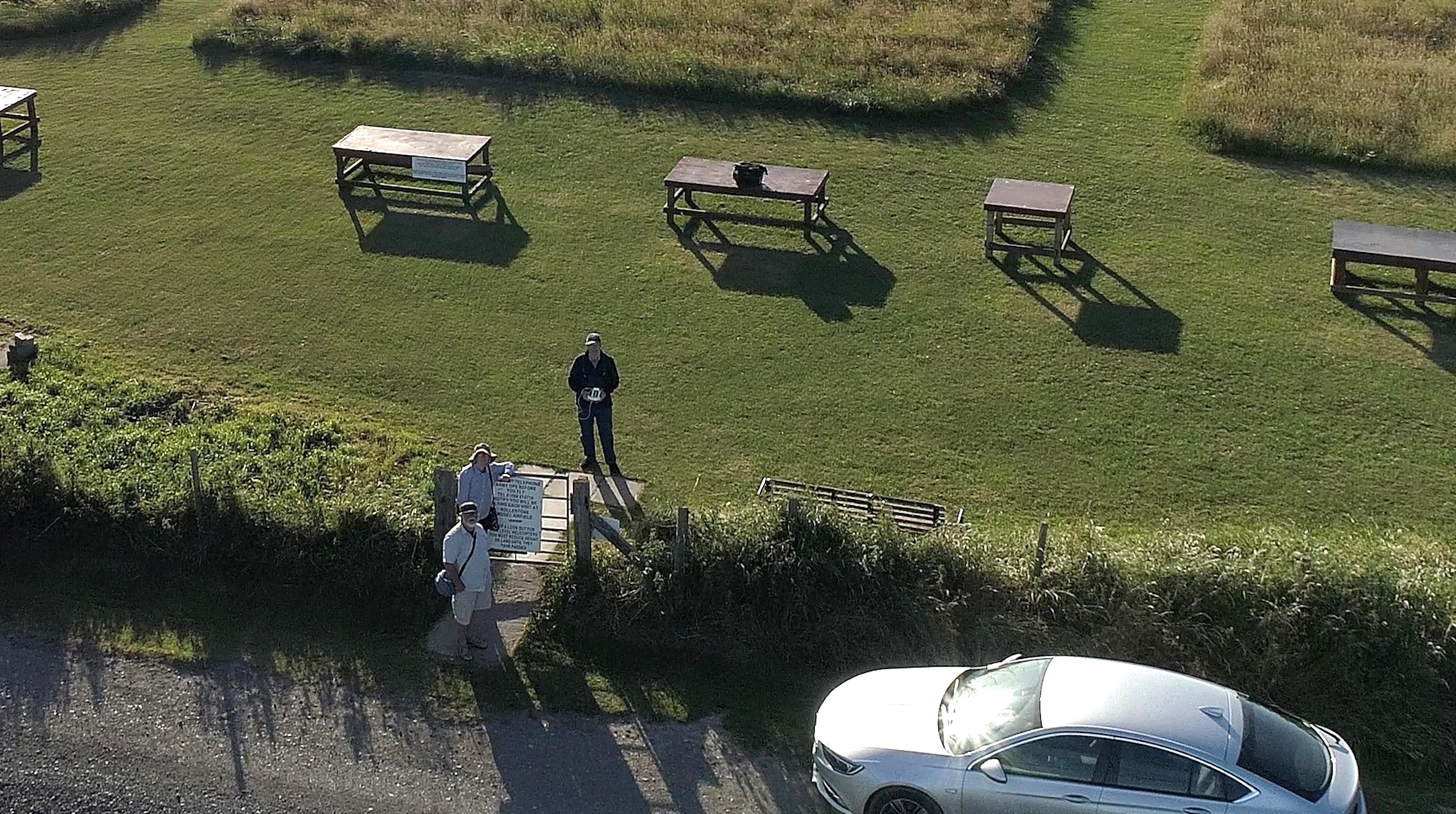Stones and Circles
Stonehenge, Wiltshire, England.
Throughout our UK travels, we have visited many neolithic sites, from the Standing Stones of Stenness, Ring of Brognar and Skara Brae on the Isle of Orkney to the Callanish Stones on the Isle of Lewis and Casterigg stone circle near Kewick. Each site carried its own distinctive energy according to location. They were all astronomically aligned to moon positions, solar solstices and equinoxes. They were all natural stones which had been left in situ for the last seven thousand years or so, all predate the Pyramids and Stonehenge.
Naturally we had to go to the most famous of all neolithic sites, Stonehenge. However, we chose to spend the summer solstice at Avebury, the larger but lesser known site to avoid the crowds and to watch the sun rise over the most impressive earth henge I have ever seen. I had read Australian author Lynne Kelly's book The Memory Code in which she proposes that the elders were memory keepers who used stone structures and artefacts as mnemonic devices in order to impart important knowledge in a pre-writing society. Sound was amplified and could be heard clearly by the people gathered in the earthwork henges which ringed the central sites, an important function for ceremony/knoweldge events.
Avebury henge is huge, and now encloses a town which was built much later right in the middle of the earth circle. The processional stone avenue along which people would have walked for ceremonies, is now mirrored by a main road running parallel to it. Yet the stones are imposing reminders of its function. On the solstice morning, when the sun rose over the ridgeline through the marker stones, it illuminated the ring of stones one by one. A quiet, reflective event marked by birdsong and a resonant temple gong struck repeatedly to mark the lead up to the sunrise.
Avebury Stones with earth henge on the right and town in the middle background
We visited Stonehenge the next day, when all the crowds of revellers and tourists had left. The stones were magnificent, breathtaking and majestic, a temple in all the awe-inspiring sense of the word. These stones had been carefully wrought, sculpted like columns to fit together. The stones at the other sites were raw, their only markers were small wedge shapes cut into their sides to indicate their alignment. Stonehenge by contrast, was a neolithic Parthenon, .the classical flowering of the late neolithic age, around 2,500 BC (or BCE - Before the Common Era).
To get to Stonehenge we walked along a farmers track for about 5 kms. On either sides were fields of barley, their ripe heads swaying in the breeze. This area is rife with stone circles and we knew from the crop circle connector website that there was one close by. However unless you are in an aeroplane or on a hill, you are unlikely to spot one. On our way home we saw a car stopped on the track with a man flying a drone. We asked if he could fly over the site we had deduced from our interpretation of the website map. He did and there it was! Unbelievable! Stone circles and crop circles - definitely a connection.
Crop circle near the road to Stonehenge. Image courtesy of Paul Deeman
Mission accomplished! Watching the drone fly home with myself, Alex McDonald and Paul Deeman. Photo with thanks to Paul Deeman's drone.







